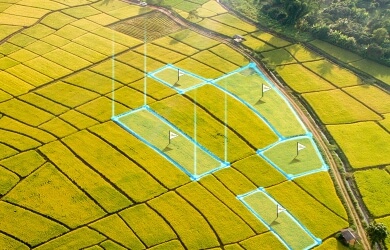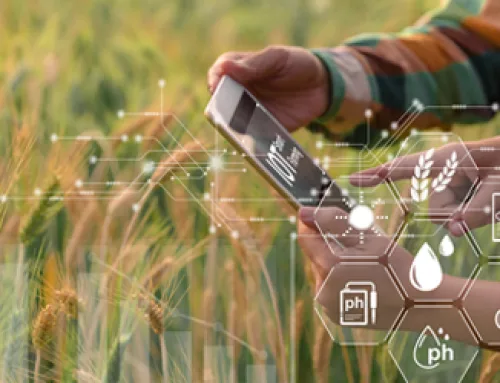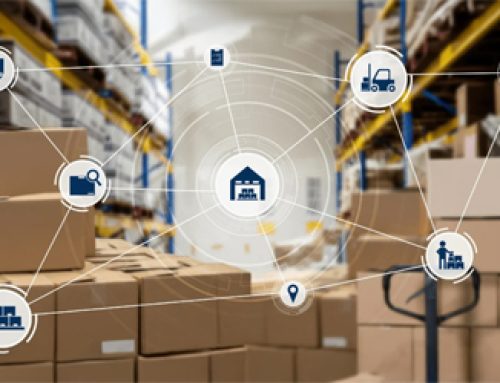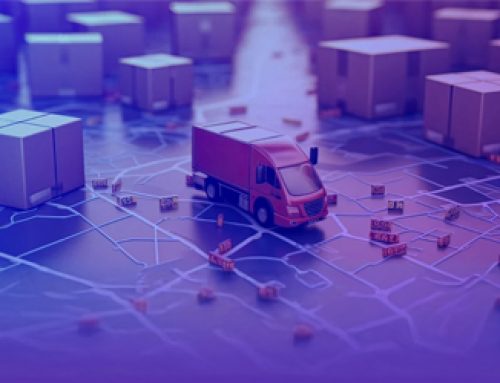FarmERP’s Maps Module: A Giant Leap Forward for the Agriculture Sector
Advancements in geospatial technology are playing a pivotal role in making agricultural planning and management more efficient. Instead of manual tracking systems, geo-tagging agricultural plots, assets and monitoring vital parameters on maps could be highly useful for agribusinesses. Collecting information through geo-tagging is more time-saving and also ensures higher accuracy as compared to that of manual procedures.
FarmERP’s maps module can be extremely beneficial for farmers and agribusinesses to get accurate insights into a number of their farm and agribusiness parameters. Along with agricultural land, this module enables agribusinesses to track water bodies, inventories, trees, etc through the map. This module helps in eliminating the critical concern of pests and diseases. Analysing plot-wise productivity also becomes much more accurate and useful with the provision of the maps module.
Following are the most valuable features and the corresponding benefits of FarmERP’s maps module –
- Optimising Farm Operations By Geo-tagging Plots
Geo-tagging plays an important role in providing farmers with a variety of location-specific information related to their farms. The remote monitoring of agricultural plots through geo-tagging and geo-mapping also enables farmers to devise and implement highly effective farming techniques. This makes it possible for farmers to gain complete control over the agricultural planning and management functions of their farms.FarmERP’s maps module helps farmers in geo-tagging their agricultural plots to ensure that accurate details about plot size are recorded. This can be done remotely through the FarmERP software or by actually walking along the plot borders to capture all geo-coordinates using a mobile device.With this innovative module, you can get all details of a plot including plot size, crop type, expected harvest date, crop history etc by simply clicking on that plot on the map. Assigning tasks to farmers and farm supervisors can also become a lot easier. All you need to do is to click on the specific geo-tagged plot and choose the ‘create task’ option to allocate a task to that plot’s supervisor.
- Tracking All Types of Assets Through Maps
The maps module of FarmERP helps agribusinesses and enterprises to track all types of agribusiness assets along with the agricultural land. This includes inventories, water bodies, trees, greenhouses, vehicles, machinery, etc. To make the tracking of these assets even simpler, the FarmERP system has defined different layers such as property layer, sub-plot, water resource, field scouting, etc.FarmERP’s maps module facilitates the real-time tracking of vehicles through GPS tracking. It also provides access to information pertaining to the history of movement of all the vehicles. This helps in optimising maintenance activities to ensure the long life of the vehicles. Trees and plants can be geo-tagged to keep track of their health, age as well as to know if it is dead or alive.By geo-tagging packhouses or storerooms, FarmERP’s maps module can also simplify the tracking of stocks. Issuing stock or tracking details about received stocks can also be done directly through the map. Real-time stock reports related to a specific geo-tagged location can also be accessed via maps. With the ability to track information of all types of assets, this module can be beneficial for a wide range of agricultural applications, including plantation management, hydroponic farming, etc.
- Stepping Up Your Pest Management Potential
Pest management is one of the biggest problems faced by agribusinesses and producers across the world. Without proper pest management measures, agro-enterprises can struggle to protect their crops from dangerous pests and diseases. But to improve pest management, it is essential for farmers to identify pest categories and take corrective actions quickly to mitigate any threats to their crops.With FarmERP’s maps module, farmers or supervisors can upload important information as well as photos on the FarmERP system whenever a pest is detected on the field. Farm managers or experts can then learn about the identified pest’s category, exact location on the field, and many more details through the map.A major benefit of FarmERP’s maps module is that once a pest is detected, managers or agri experts from any part of the world can provide effective solutions to control the pest’s growth. They can assign tasks to the field supervisors directly via maps instead of following the numerous steps of the software system. This streamlines pest and disease control functions, thereby strengthening the farm management operations of agribusinesses.
- Measuring Productivity Through Heat Map Analysis
For any agribusiness to be successful, it is important to regularly evaluate the performance of their procedures and keep track of labour and machinery utilisation. Gaining access to this information in a visual form can be beneficial in analysing large farmlands easily and quickly. This can assist farm managers in making the right decisions to optimise their field activities for maximum productivity.Heat maps are a great way for agribusinesses to gain a comprehensive overview of their farm activities. With the provision of the heat map analysis feature, FarmERP helps agricultural enterprises in determining their best yielding plots as well as the ones that are not showcasing the desired productivity.FarmERP’s heat maps feature also includes specific dashboards to track labour utilisation, machinery utilisation and productivity for every plot. Based on the information collected through the heat maps, agribusinesses can make accurate decisions about labour requirements as well as machinery allocation.
Are you looking for an agritech expert to geo-tag your agricultural assets and enhance planning and management activities for your agribusiness? FarmERP is an advanced farm management software platform that offers next-gen agritech solutions to agribusinesses of all types. Get in touch with us to explore and know more about the wide range of features of our maps module.




Thank you for your sharing. I am worried that I lack creative ideas. It is your article that makes me full of hope. Thank you. But, I have a question, can you help me?
[…] the help of geo-tagging and maps feature, agri experts from any part of the world can inspect pests and offer useful solutions to mitigate […]
[…] use of maps in agriculture can be beneficial in uploading images and data of the pests on an online platform where agri […]